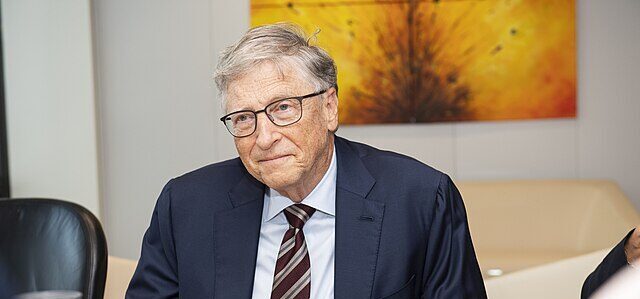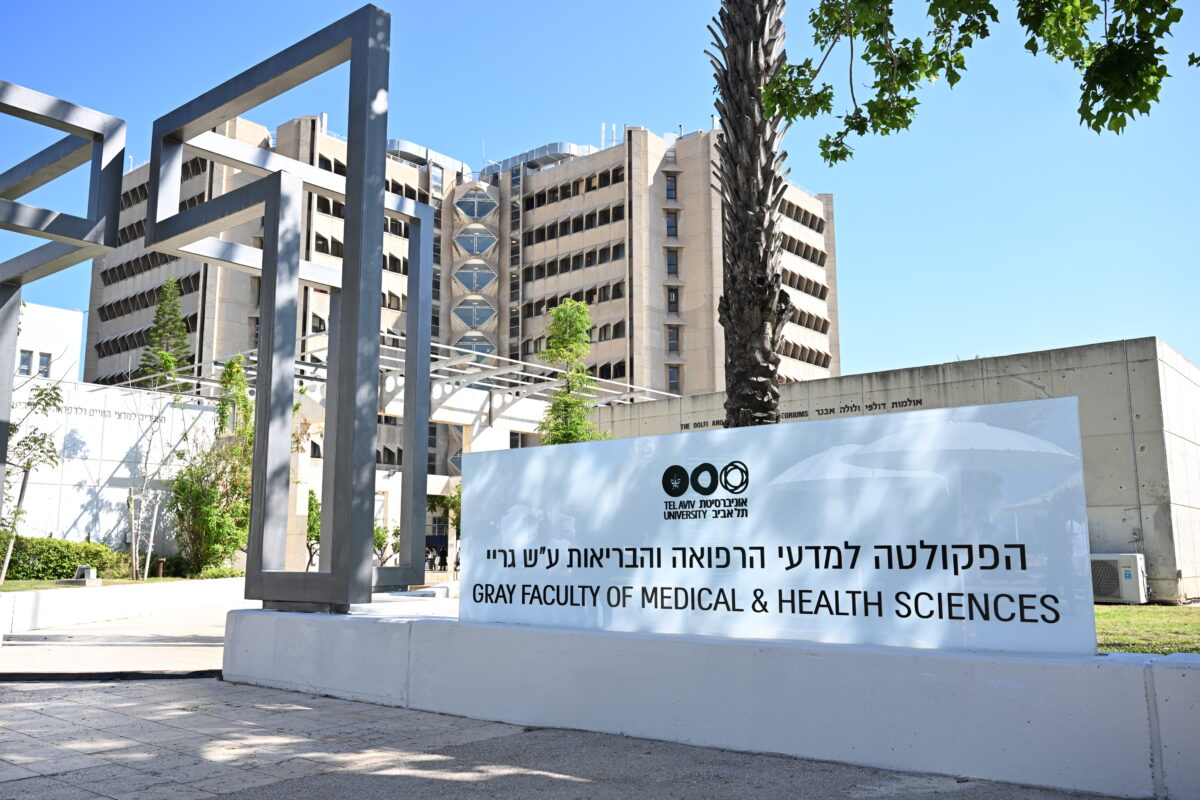This year is an important moment to consider steps forward to reduce poverty and inequality across the world, including efforts to support the hard-to-reach, ‘last mile’ communities. Governments are responsible for delivering this change, but it requires partnership, and the philanthropic sector can play an important role.
There is a lack of funding directed to disability inclusion. Grants for people with disabilities constitute just 3 percent of all human rights funding from foundations, even though this area is critical to reducing inequality. How can we achieve equity if we are not including 16 percent of the population?
These issues will come into sharp focus in September when global leaders meet at the United Nations SDG Summit to discuss progress towards the sustainable development goals (SDGs), a set of 17 goals launched in 2015 to be achieved by 2030. They are a call to action to governments, organisations, and philanthropists to work together to end poverty and inequality, protect the planet, and ensure that everyone enjoys health, justice and prosperity.
The overarching promise of the goals is to ‘leave no one behind’, yet people with disabilities are still denied access to basic human rights including education, health care and employment. Consequently, at the halfway point to 2030, we find that promise is in peril. The UN Report of the Secretary-General warns that many SDGs are ‘moderately to severely off track’.
Urgent action is needed to address this. Resource and therefore funding is an important aspect of the action needed to improve the current situation.
We need governments, organisations, philanthropists, and communities, to recognise the importance of inclusion of people with disabilities and work together to implement localised solutions that can be owned by communities to create long-lasting impact.
One such initiative is Sightsavers’ inclusive education project in Malawi, which supports preschools to be inclusive of children with disabilities. This includes training parents, care givers, and teachers about inclusive education, improving accessibility of centres for people with disabilities, and working with communities to change negative attitudes about disability. Projects like this can transform the lives of children like Enock, a young boy with a disability. Before the project, he kept to himself and was an unhappy child but, having been given the support he needed, he is now happily learning and developing alongside his peers.
The importance of inclusion
Globally 1.3 billion people have a disability. In addition, around 18 percent of women have a disability and face double discrimination, based on their gender and their disability. The world is falling behind on disability rights and it’s important that disability inclusion, including for women and girls, is not forgotten.
If governments, donors, and other organisations disregard people with disabilities in their efforts to achieve the SDGs, and philanthropic funding levels for disability projects remain static, progress will continue to falter.
How can we achieve quality education for all (SDG4) if philanthropists, governments, and other organisations don’t embrace inclusive education? The statistics hit hard, showing that disability more than doubles a child’s chances of being out of school and therefore causing a ripple effect on individuals, families, and society.
Forging partnerships (SDG17) and reducing inequalities (SDG10) will not be possible without considering the needs of people with disabilities and involving them in planning localised initiatives, including women and girls.
If our combined resources, funding, and efforts, are not inclusive of people with disabilities, then we also risk leaving them behind for decent work and economic growth (SDG8) and no poverty (SDG1). Globally, up to twice as many people with disabilities live under the poverty line than people without disabilities, and only about a third of working-age people with disabilities around the world are in employment.
Leaving people with disabilities behind in our actions will also slow down progress towards eradicating hunger (SDG2), achieving good health and well-being (SDG3), and other SDGs.
The role of philanthropy in ensuring no one is left behind
To put it bluntly, philanthropic funding needs to include people with disabilities, including women and girls. With the SDGs off track and people with disabilities still being denied their basic human rights, the 3 percent of human rights funding channelled towards people with disabilities is clearly not enough.
Whilst the responsibility for the SDGs sits with governments, we need the philanthropic sector, other partners, and communities, to collaborate and create local solutions for more sustainable outcomes. Development efforts from all parties must consider the diverse needs of everyone in society.
Philanthropists, trusts, foundations, and other donors, need to see the inclusion of people with disabilities as central to their mandates and take steps to become more inclusive. They can do this by raising awareness of this issue amongst their networks, providing funding to boost efforts of governments and organisations like Sightsavers, allowing space for innovation, and supporting long-term action over quick-win projects.
‘Forging partnerships (SDG17) and reducing inequalities (SDG10) will not be possible without considering the needs of people with disabilities and involving them in planning localised initiatives, including women and girls’
A simple, starting action they can take is adding their voice to global change campaigns such as Sightsavers’ ‘Promise in Peril’ petition. This calls on global leaders to ensure that declarations at the SDG Summit, and all national commitments, focus on reaching those who are left behind.
Organisational change challenges inequality
Within the sector, commitment to organisational change would also challenge inequality. This can be done by ensuring grant making proposals are accessible for people with disabilities and reflecting on whether grant making supports the needs of marginalised groups. Encouraging potential grantees to ensure that people with disabilities are included in proposed work will help drive change.
As employers, philanthropic organisations can also make sure internal practices are inclusive. The disability-confident employers’ toolkit from Inclusive Futures, a consortium of development organisations including Sightsavers, provides practical guidance on how to foster inclusive workspaces.
Practice changes include improving accessibility of buildings and providing IT-related adjustments. Inclusion training for staff, ensuring employment processes are inclusive, and that colleagues with disabilities can contribute on an equal basis, will also help. Consideration should also be given to accessibility of internal and external communications, including incorporating alt text for images, plain language, subtitles and captions.
Developing relationships with organisations of people with disabilities and other funders who have adapted their approach will help with making organisational change. Through these partnerships, the philanthropic sector can gain insights on how to successfully integrate inclusion across funding, the workplace, and communications.
Change is possible
Change is possible if we ensure that development efforts consider the needs of people with disabilities and give them access to their basic human rights. Inclusion of people with disabilities is not yet a default starting point for health, education, and development projects. It needs to be, but more funding is needed to enable this.
At Sightsavers, we are working hard to make this change. But this is only possible with the support of partners including the philanthropic sector. We have seen positive outcomes through our inclusive education projects, which support parents, schools, and governments, to ensure education systems are inclusive.
Support from partners also helps improve inclusion of people with disabilities in health services, through initiatives including disability training for health professionals and improvement of health facility accessibility. For inclusive employment, support has meant we can help people with disabilities to gain skills and companies to improve inclusion in workplaces.
With commitment and investment from all, we can tip the scales from the SDGs being in peril to moving towards a prosperous future. Spending time, resource, and funding, on ensuring inclusion of people with disabilities and reaching ‘last mile’ communities will make a real difference. Not just for individuals, but for whole communities, nations, and global progress towards achieving the SDGs. Let’s make sure no one is left behind.
Morna Lane is Head of Trusts & Corporate Partnerships at Sightsavers. Amanda Jordan is Global Trusts Manager at Sightsavers and focuses on major and complex partnership collaborations.
Until September 1, you can get 50% off any Alliance subscription using the code AUGUST23. Just subscribe online here to get started! Access all subscriber benefits from only £25.
Credit:Source link



